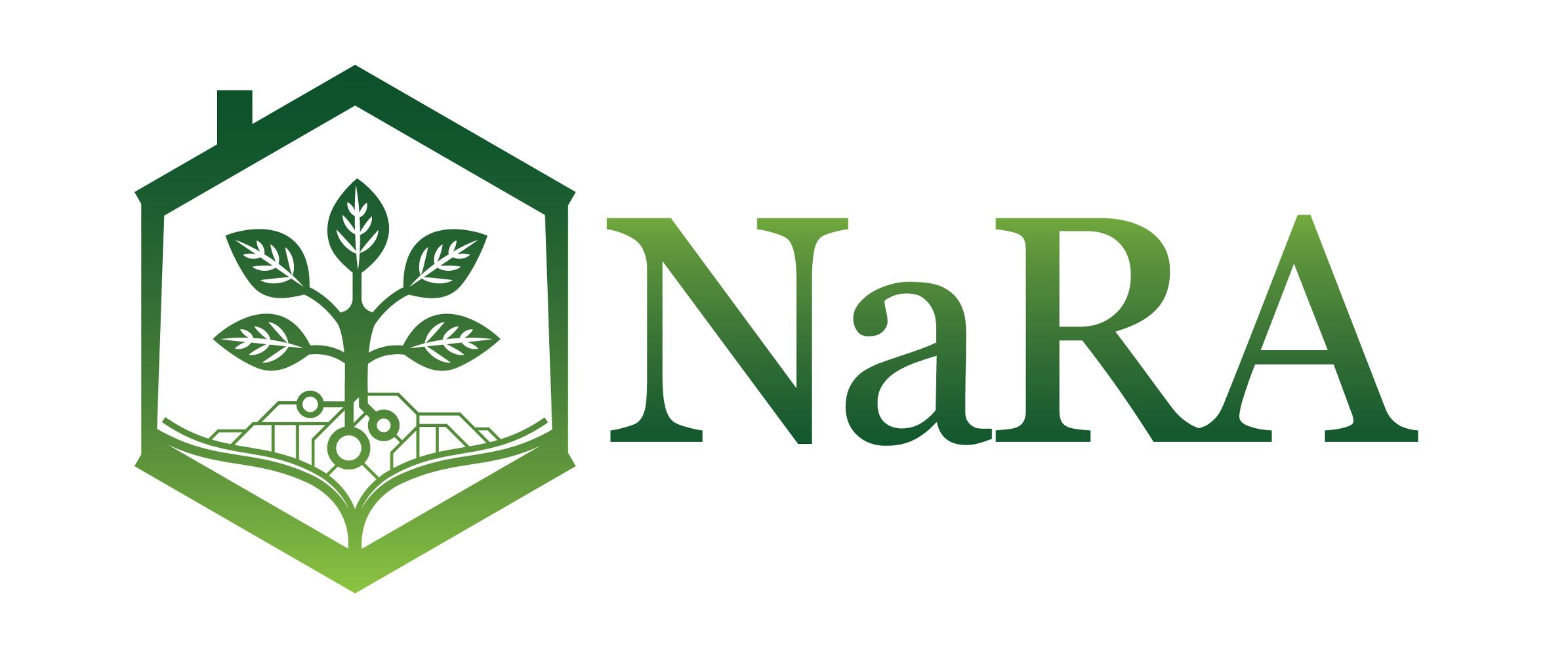Possibility of environmentally-safe casing soil disinfection for control of cobweb disease of button mushroom
Mogućnost zaštite šampinjona od paučinaste plesni sterilisanjem pokrivke ekološkim sredstvima
| dc.contributor.author | Potocnik, Ivana | |
| dc.contributor.author | Rekanovic, Emil | |
| dc.contributor.author | Stepnovic, Milos | |
| dc.contributor.author | Milijasevic-Marcic, Svetlana | |
| dc.contributor.author | Todorovic, Biljana | |
| dc.contributor.author | Nikolic-Bujanovic, Ljiljana | |
| dc.contributor.author | Cekerevac, Milan | |
| dc.date.accessioned | 2015-11-08T20:13:09Z | |
| dc.date.available | 2015-11-08T20:13:09Z | |
| dc.identifier.uri | http://arhiva.nara.ac.rs/handle/123456789/1511 | |
| dc.description.abstract | The soil-borne pathogen Cladobotryum dendroides causes cobweb disease of button mushroom (Agaricus bisporus) and its significant yield losses. Casing soil disinfection by toxic formaldehyde is a widespread practice. The aim of this study was to investigate the potential of two environmentally friendly substances, colloidal silver and peracetic acid, against C. dendroides. Their biological efficacy (impact on mushroom yield), effectiveness (disease control) and type of interactions between them and the fungicide prochloraz-manganese were evaluated. Black peat/lime casing soil was applied to a colonized substrate with the white button mushroom strain 737, then inoculated with C. dendroides and treated with the fungicide prochloraz-manganse and two environmentally friendly disinfectants based on peracetic acid and colloidal silver. The effects of fungicides on mushroom productivity were evaluated as biological efficacy and calculated as a ratio of fresh weight of total mushroom yield to the weight of dry substrate. Fungicide effectiveness and synergy factor were calculated by Abbott’s (1925) formula. Tests for synergism between prochloraz-manganese and both other substances were performed using Limpel’s formula. The highest biolgical efficacy, exceeding 92.00, was achieved in treatments with prochlorazmanganese, applied alone or in combination with both other disinfectants. The highest effectiveness of 93.33% was attained in treatments with peracetic acid combined with prochloraz-manganese. Trials against cobweb disease revealed a synergistic reaction between the fungicide and peracetic acid and antagonistic between the fungicide and colloidal silver. Peracetic acid provided better disease control, compared to colloidal silver applied alone or in combination with the fungicide. Based on these findings, peracetic acid should be recomended as an environmentally friendly casing soil disinfectant against cobweb disease of A. bisporus. | en |
| dc.description.abstract | Zemljišna mikromiceta Cladobotryum dendroides izaziva paučinastu plesan šampinjona (Agaricus bisporus) i nanosi značajne štete u proizvodnji. Uobičajen način dezinfekcije pokrivke za gajenje šampinjona je tretiranje formaldehidom koji ima toksična svojstva. Cilj ovog rada je ispitivanje mogućnosti primene dva ekološka dezinfekciona sredstva na bazi koloidnog srebra i persirćetne kiseline u suzbijanju C. dendroides. Određena je njihova efikasnost, uticaj na prinos šampinjona i međusobna reakcija sa fungicidom prohloraz-Mn. Pokrivka od crnog treseta i kreča je stavljena na supstrat zasejan micelijom šampinjona soj 737, inokulisana patogenom C. dendroides i tretirana fungicidom prohloraz-Mn i ekološkim dezinficijensima na bazi persirćetne kiseline i koloidnog srebra. Uticaj antifungalnih supstanci na prinos (biološka efikasnost) je određen kroz srazmeru mase ukupnog prinosa šampinjona i mase suvog supstrata. Efikasnost fungicida u suzbijanju patogena i sinergistički faktor su izračunati primenom Abotove formule. Sinergizam između prohloraz-Mn i oba dezinficijensa je određen pomoću Limpelove formule. Najveća biološka efikasnost je utvrđena u tretmanima sa prohloraz-Mn, preko 92,00, primenjenim pojedinačno ili u kombinaciji sa oba dezinficijensa. Najveća efikasnost u suzbijanju patogena, 93.33%, postignuta je u kombinovanoj primeni fungicida sa persirćetnom kiselinom. Ustanovljen je sinergizam između fungicida i persirćetne kiseline i antagonizam u kombinovanoj primeni fungicida i koloidnog srebra. Primenom persirćetne kiseline omogućena je veća efikasnost u poređenju sa koloidnim srebrom u suzbijanju prouzrokovača paučinaste plesni, bilo da je primenjena pojedinačno ili u kombinaciji sa fungicidom. Na osnovu ovih ispitivanja, može se preporučiti primena persirćetne kiseline kao ekološkog dezinficijensa pokrivke za gajenje šampinjona i zaštitu od paučinaste plesni. | sr |
| dc.subject | Soil disinfection | en |
| dc.subject | Colloidal silver | en |
| dc.subject | Peracetic acid | en |
| dc.subject | Prochloraz | sr |
| dc.subject | Cladobotryum dendroides | sr |
| dc.subject | Agaricus bisporus | sr |
| dc.subject | Dezinfekcija zemljišta | sr |
| dc.subject | koloidno srebro | sr |
| dc.subject | persirćetna kiselina | sr |
| dc.subject | prohloraz | sr |
| dc.subject | Cladobotryum dendroides | sr |
| dc.subject | Agaricus bisporus | sr |
| dc.title | Possibility of environmentally-safe casing soil disinfection for control of cobweb disease of button mushroom | en |
| dc.title.alternative | Mogućnost zaštite šampinjona od paučinaste plesni sterilisanjem pokrivke ekološkim sredstvima | sr |
Files in this item
This item appears in the following Collection(s)
-
VOL 29 *No.4
http://www.pesting.org.rs/2014.php



